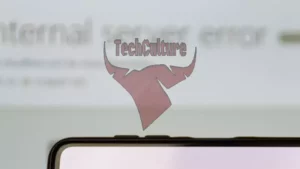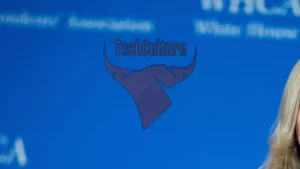Nobel Laureates Celebrate AI Breakthroughs at Google Headquarters
In a landmark moment for artificial intelligence, Geoffrey Hinton, a pioneer in the field, celebrated his Nobel Prize in physics at Google’s California headquarters. The celebration underscored AI’s dual recognition as both a commercial success and a scientific breakthrough.
The significance of AI in scientific advancement was further emphasized when, the following day, two Google AI employees were awarded the Nobel Prize in chemistry for their work in AI-driven protein design.
These back-to-back Nobel Prizes highlight the growing importance of AI in scientific discovery. Jeanette Wing, a computer science professor, noted the immense power of AI in advancing scientific research.
Hinton attributed the recent advancements in neural networks to curiosity-driven research rather than commercial funding. However, the current state of AI research is closely tied to the tech industry’s resources, with only a few companies like Google and Microsoft possessing the necessary computational power for advanced AI research.
The chemistry Nobel was awarded to Demis Hassabis and John Jumper of DeepMind, along with David Baker, for their groundbreaking work in AI-driven protein research. Hassabis aims to model DeepMind on the innovative legacy of Bell Labs, with support from Google.
Despite the celebrations, Hinton recently left Google to freely express his concerns about AI’s potential dangers, particularly the loss of human control. However, he has refrained from directly criticizing the company.
The AI community is not without its conflicts. Hinton has criticized OpenAI’s shift from safety-focused AI development to profit-driven goals, while OpenAI defends its commitment to safe AI systems serving millions.
These Nobel recognitions mark a victory for interdisciplinary research in AI. Hinton becomes the second person to win both a Nobel and Turing Award, following Herbert Simon. According to Wing, the potential for AI in scientific discovery is still in its early stages, promising further breakthroughs in the future.



